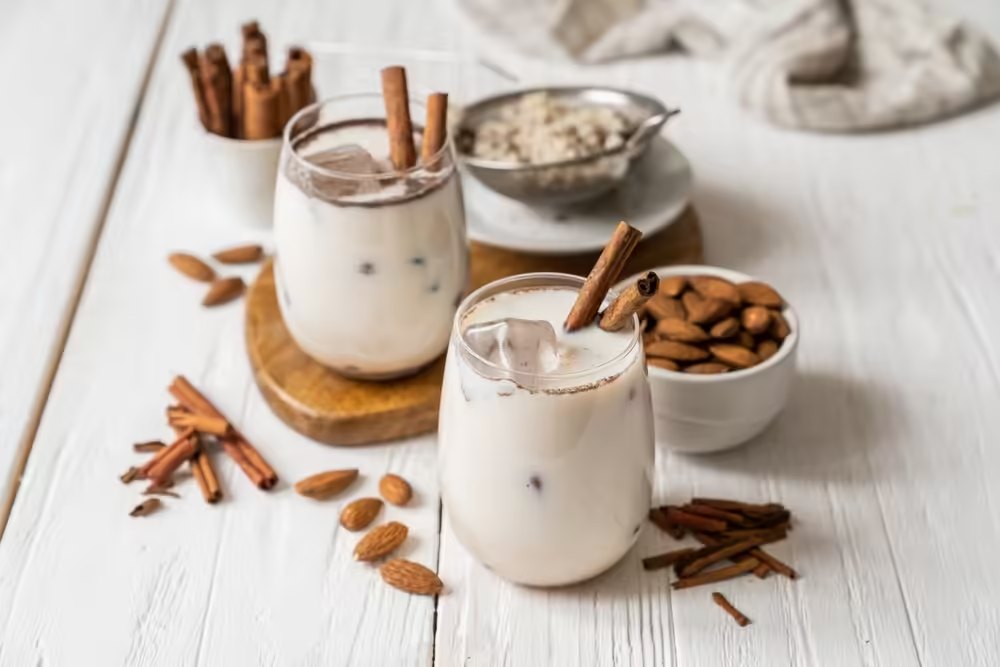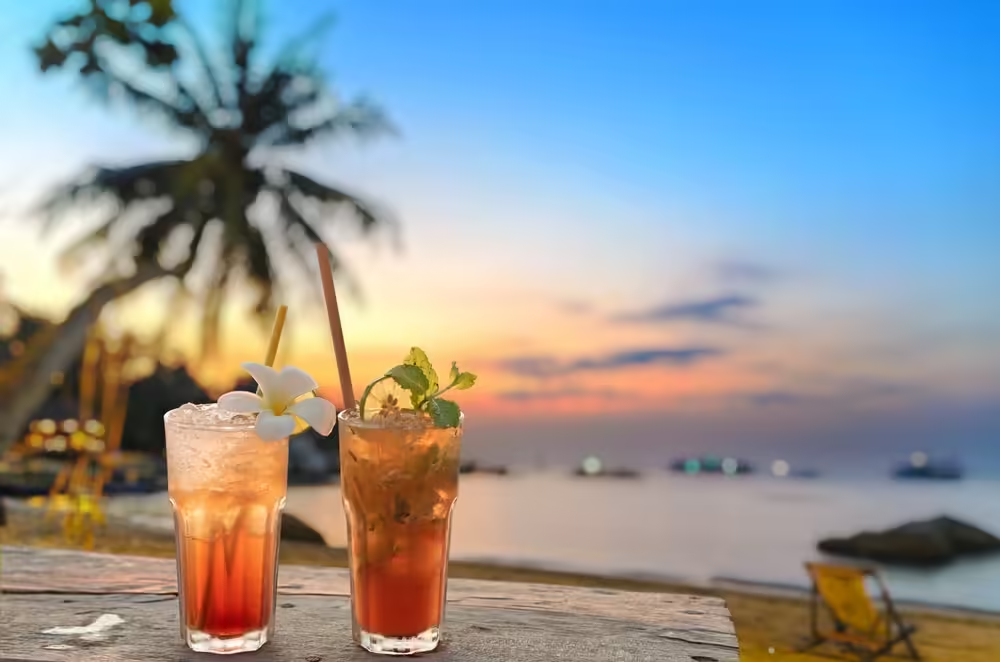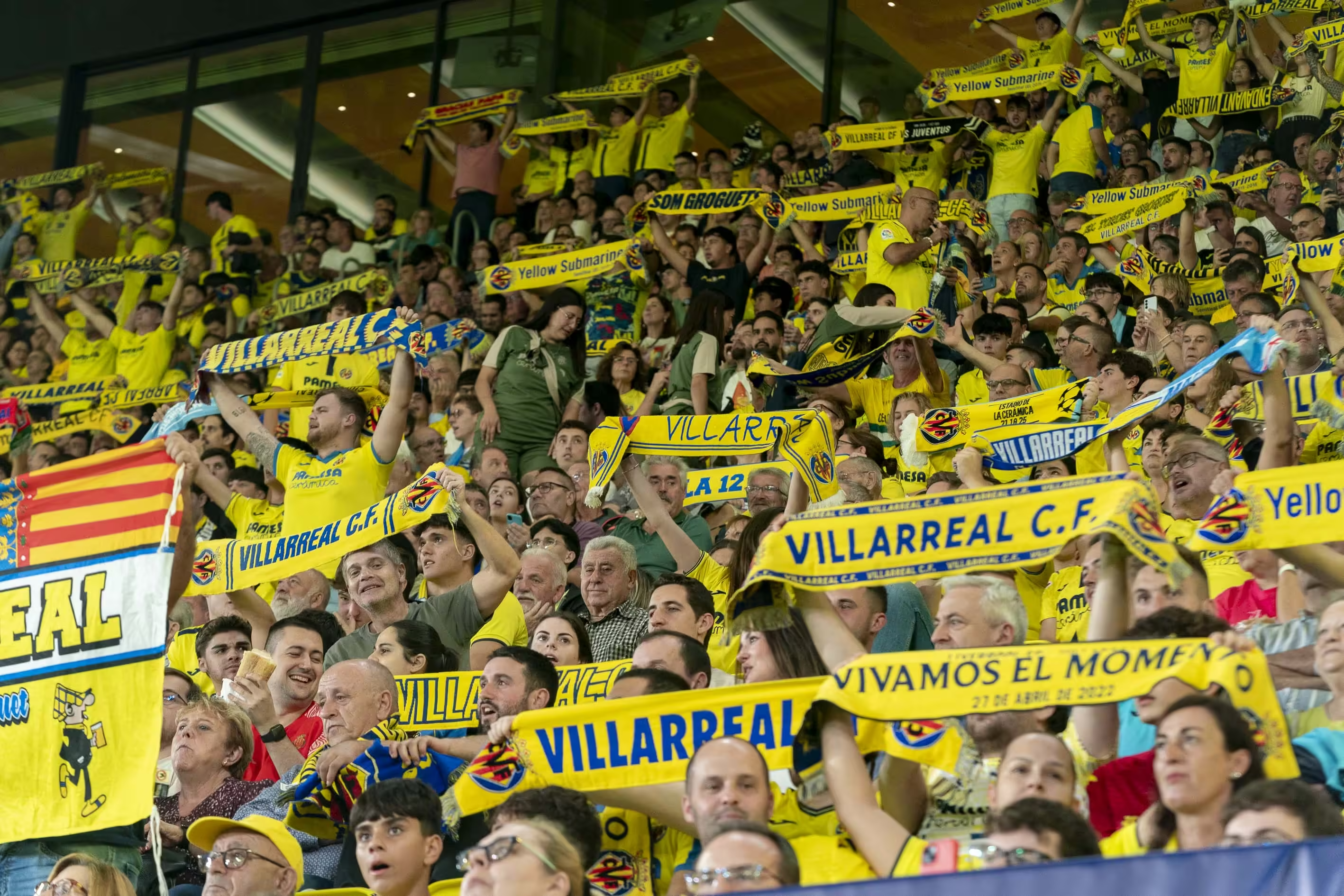A Guide to Classic Spanish Summer Drinks
When summer hits Spain, the whole country slows down. Lunches stretch out into late afternoons, the streets go quiet for siesta, and the main topic of conversation becomes: ‘What are we drinking?’ It turns out Spain has an answer for every level of heat and every kind of thirst. From fizzy wine mixes to nutty milk-like drinks that sound odd but taste great, these summer staples are part of daily life, and they often come with a good story, too.
So, let’s take a little tour of Spain’s most beloved summer drinks, great flavours, easy recipes, and a bit of backstory. Glasses (and ice cubes) at the ready.
Tinto de Verano – The No-Fuss Favourite
If you’ve ever ordered sangría in Spain and noticed the locals rolling their eyes, they were probably about to order a tinto de verano. Translating to ‘summer red wine,’ it’s exactly that: red wine mixed with lemon soda (Fanta Lemon) or fizzy lemonade (gaseosa).
Where it’s from: Andalucía, the sun-baked south of Spain, where locals wanted something lighter than wine but just as easy to pour.
How to make it:
- 1 part red wine (nothing fancy, table wine is fine)
- 1 part lemon soda (like La Casera, or even Sprite in a pinch)
- Lots of ice
- Optional slice of lemon
Simple, crisp, and surprisingly refreshing. Think of it as the wine world’s answer to iced tea.
Una Clara – Spain’s Lemon Shandy
If beer’s more your thing, you’ll want to know about the clara. It’s just beer and lemon soda, usually served ice-cold in small glasses so it never gets warm. Perfect with a plate of olives and some shade.
Where it’s popular: All over Spain, especially in Madrid and along the coast.
How to make it:
- Half light lager, half lemon soda
- Serve in a chilled glass (some people add ice, opinions vary!)
Some bartenders will ask if you want it with gaseosa (less sweet) or limón (sweeter). Either way, it’s the drink of choice when you’re not sure if it’s too early for a beer. It is drunk anytime of year but it is more popular in the summer.
Sangría – A Tourist Staple
Ah, sangría. The drink everyone knows, but no one makes quite the same way twice. It’s a mix of red wine, fruit, sugar, brandy, and soda water, often served in a big jug to share.
Where it’s from: Originally from the wine-growing regions like La Rioja and Castilla-La Mancha, but it became a countrywide hit in the mid-20th century, especially after being promoted at the 1964 New York World’s Fair.
How to make it:
- 1 bottle red wine
- A shot of brandy (or orange liqueur)
- Chopped fruit (orange, lemon, apple are common)
- A couple tablespoons of sugar
- Top up with soda water or lemonade
- Chill for a few hours and serve over ice
Variations:
- Sangría Blanca: Made with white wine instead of red
- Cava Sangría: Sparkling cava instead of still wine
- Champagne Sangría: A take using French bubbly for a fancier fizz
Locals often prefer tinto de verano because it’s simpler, but a well-made sangría goes down well.
Horchata de Chufa – Sweet, Cold, and a Bit Surprising
Let’s talk about horchata, which is either your new favourite drink, something you’ll quietly leave unfinished, or, in my case, say ‘Yuck’ after the first sip and then push it away! Made from chufa (tiger nuts), this drink has ancient roots and a creamy, nutty flavour.
Where it’s from: Valencia. The drink dates back to the time of the Moors, who brought chufas with them from North Africa.
How to make it (if you’re brave):
- Soak chufas overnight
- Blend with water
- Strain and add sugar
- Chill and serve very cold
It’s often paired with a soft pastry called farton for dipping. If you’re visiting Valencia in summer, you’ll spot horchaterías full of locals slurping it down. It is not only popular in Valencia, and you will usually find it stacked close to the milk in most Spanish supermarkets.

Café con Hielo – Coffee on the Rocks
Spanish people love their coffee, even when it’s 38ºC in the shade. The solution? Café con hielo, literally, coffee with ice. It’s not fancy, but it does the job.
How it works: You get an espresso in one cup, and a separate glass filled with ice. You pour the hot coffee over the ice yourself. The contrast in temperatures is oddly satisfying.
Where to find it: Everywhere, from Madrid cafés to coastal bars in Murcia or Almería.
You can pretty much just order ice with whatever coffee you drink and then just dump the coffee over the ice. This process takes time to get used to, expect some messy coffees until you get the knack! Pro tip: stir in sugar while it’s hot so it actually dissolves.
Granizado – Spain’s Grown-Up Slushy
Hot weather? Try a granizado. It’s a crushed-ice drink flavoured with lemon juice, sugar, and whatever fruit (or coffee) is lying around.
Most common flavours:
- Lemon (granizado de limón)
- Coffee (granizado de café)
- Strawberry
- Orange
Where to get it: Ice cream stands, cafés, churro stands, or even from slushy machines in beach bars.
It’s especially popular with kids, but no one’s judging if you’re over 30 and still love it. Some people add vodka, gin or rum to make it even more grown up!
Kalimocho – Red Wine and Cola
Yes, it sounds like a bad idea. But trust us, kalimocho is weirdly good. Equal parts red wine and cola, it became popular in the 1970s in the Basque Country when a group of friends decided to rescue some cheap, sour wine by mixing it with soda.
How to make it:
- 1 part red wine
- 1 part cola
- Ice
- Optional lemon slice
It’s still a festival favourite among students and a late-night classic.
Rebujito – The Andalucían Breeze
Light, bubbly, and very drinkable, rebujito is the drink of choice at Andalusian ferias. It mixes dry Manzanilla or Fino sherry with lemon-lime soda, making it dangerously easy to sip all afternoon.
Where it’s from: Sevilla and the surrounding areas. It’s closely tied to flamenco fairs and horse parades.
How to make it:
- 1 part Manzanilla sherry
- 2 parts lemon-lime soda
- Lots of ice
- Mint if you’re feeling fancy
You’ll often see it served in tall glasses or even pitchers at outdoor events.
Agua de Valencia – Not Water, Surprisingly
Despite the name, Agua de Valencia is more cocktail than hydration. It’s a potent mix of orange juice, cava, gin, and vodka, and it goes down a little too easily.
Where it’s from: Valencia, of course. It was first served in the 1950s in a bar called Café Madrid.
How to make it:
- Fresh orange juice
- Cava
- A splash of vodka and gin
- Ice and a slice of orange
Serve in a big jug and share with friends, but maybe stick to one.
Other Popular Drinks You Might Spot
- Vermut: Sweet red vermouth on the rocks with orange and an olive. Great for a vermouth hour before lunch.
- Mosto: Unfermented grape juice, non-alcoholic and often given to kids.
- Sidra Natural: From Asturias, poured from a height to give it fizz. Tangy, slightly sour, and best shared in a sidrería.
Final Sip: A Toast to Spanish Summers
Whether you’re sitting by the beach, escaping the heat in a shady plaza, or enjoying tapas on a rooftop, Spain has a drink for that. These summer classics aren’t just refreshing, they’re part of the rhythm of life here. Each glass has its own story, shaped by its region, history, and sunshine.
So next time you’re handed a glass of something chilled and unfamiliar, give it a go. It might just become your new favourite.
Main image: Shutterstock/Lichtwolke
Share this content:




Post Comment